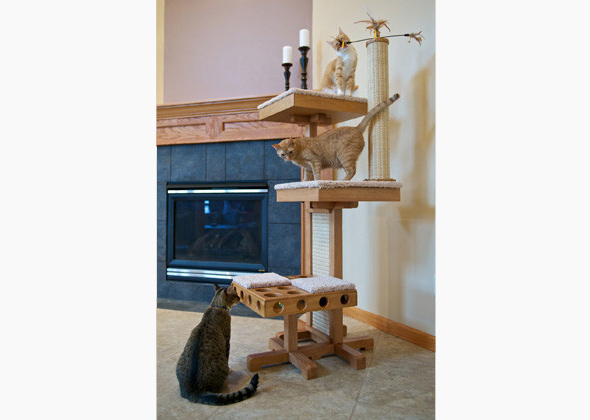How to Prepare for a New Dog in Your Home
Published on January 16, 2017
Skip To
So, you’re getting a new dog! Whether you’re rescuing an
adult dog or bringing home a puppy, there’s a lot you can do to
prepare yourself and your home for a smooth transition.
Getting a dog is a big commitment, and there’s plenty to think about as you prepare for the big day, from helpful pet products to training you should start with. We’ve compiled a list of tips to help you be ready for your new little friend when the time comes.
More on Vetstreet:
Getting a dog is a big commitment, and there’s plenty to think about as you prepare for the big day, from helpful pet products to training you should start with. We’ve compiled a list of tips to help you be ready for your new little friend when the time comes.
More on Vetstreet:



















